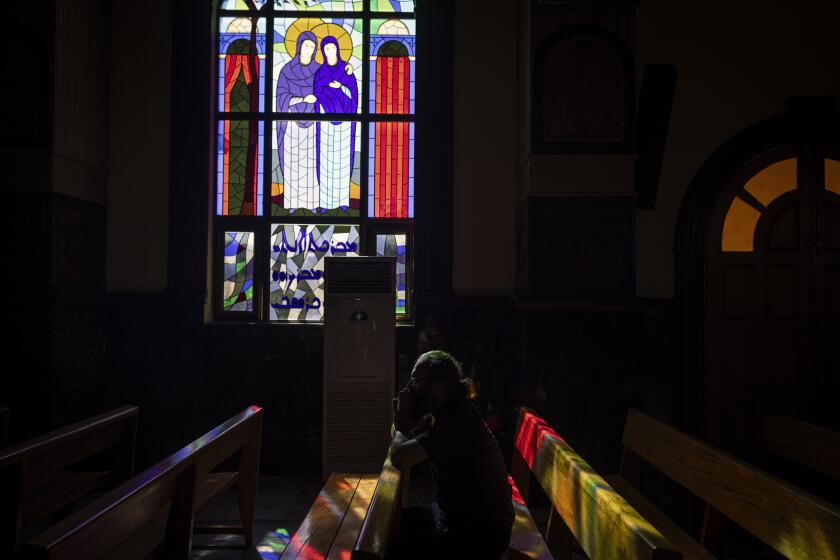Lightning’s Power Exceeds Its Peril
Lightning is enormously powerful but rarely deadly.
A typical flash carries 30 million volts of electricity -- compared with, for example, the standard 110 voltage for most U.S. appliances, according to Ron Holle, a meteorologist who works with Vaisala Inc., a manufacturer of weather instruments.
Conditions for lightning are ideal during summer afternoons in the mountains of the West. About 300,000 cloud-to-ground lightning flashes occurred in Wyoming each year from 1997 to 2001, three-fourths of them between June and August, Holle says.
When a lighting flash strikes the ground, he says, it usually travels horizontally in tendrils or fingers. If the surface is wet, it can travel farther.
About 10% of lightning strikes are fatal, and there are probably between 80 and 100 deaths a year, according to Mary Ann Cooper, a professor of emergency medicine at the University of Illinois-Chicago.
Officials at Grand Teton National Park say the July 26 death of Erica Summers was only the second recorded lightning fatality in the mountain range in more than 50 years.
Lightning can travel on the surface of the body and cause a violent contraction of muscles. It can also cause chronic pain, temporary paralysis, blindness, deafness, short-term memory loss and attention deficit problems, but burns generally are not a major part of the injury, Cooper said.
More to Read
Sign up for Essential California
The most important California stories and recommendations in your inbox every morning.
You may occasionally receive promotional content from the Los Angeles Times.









